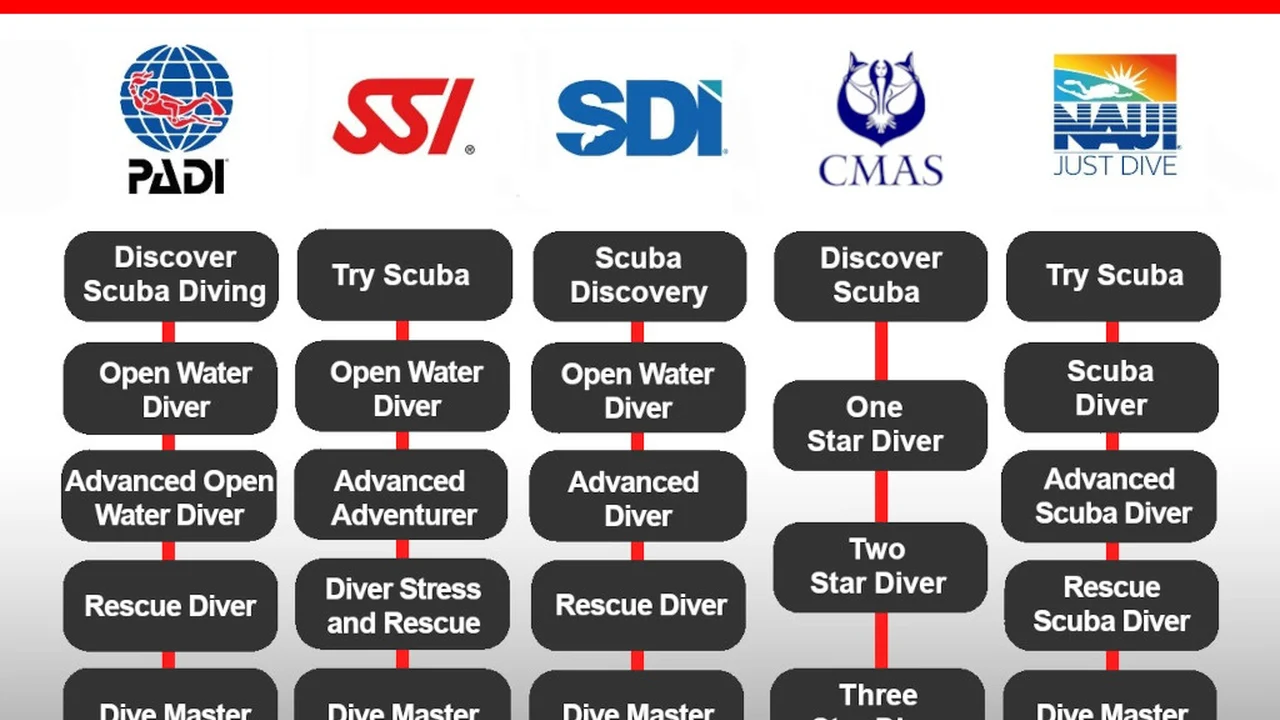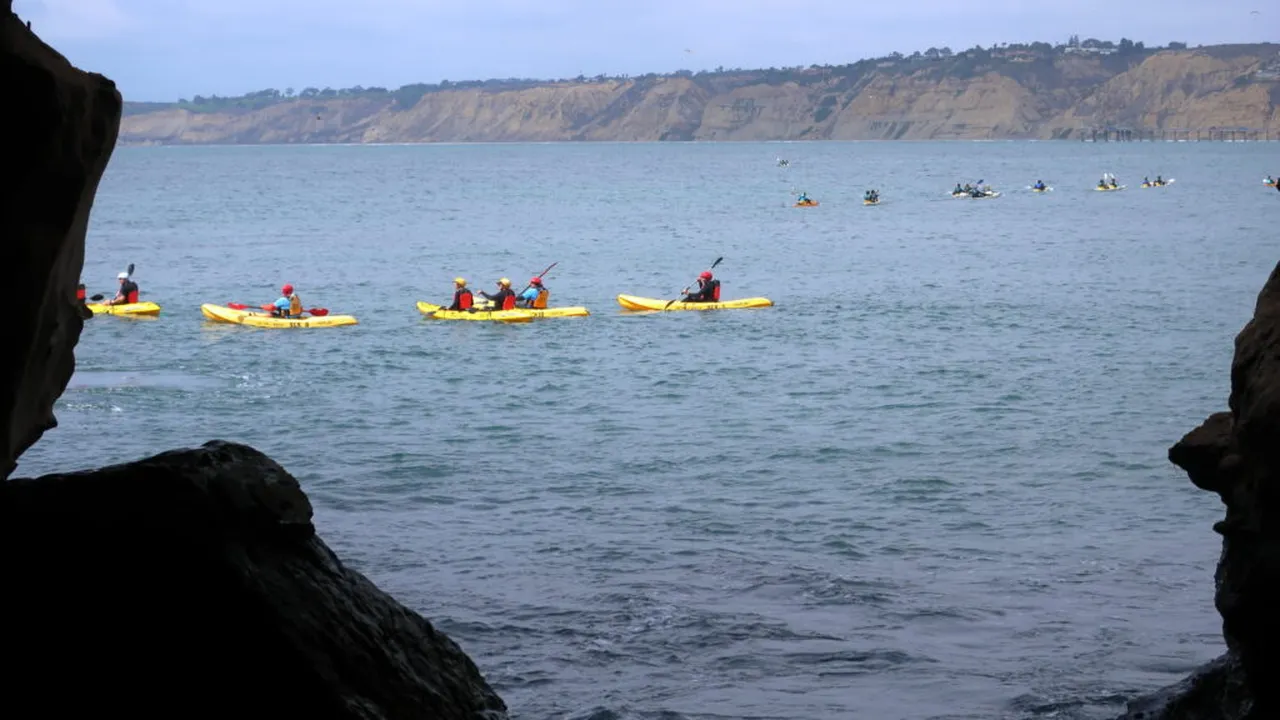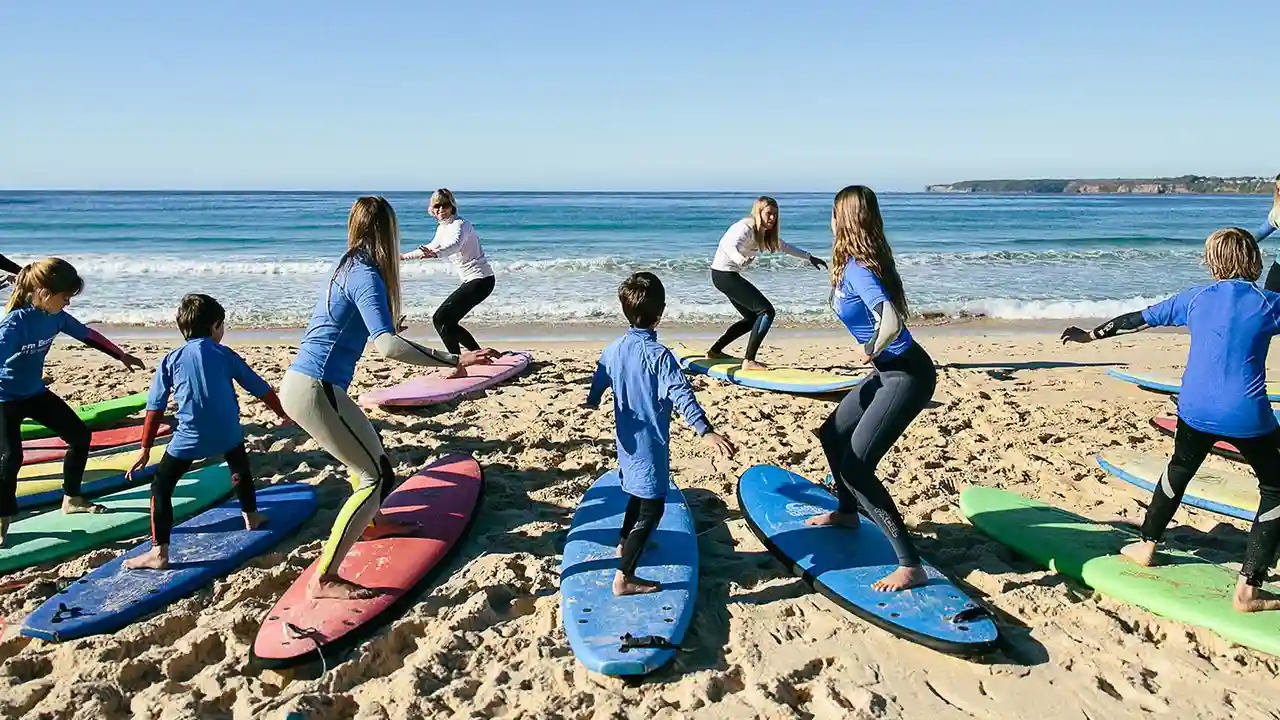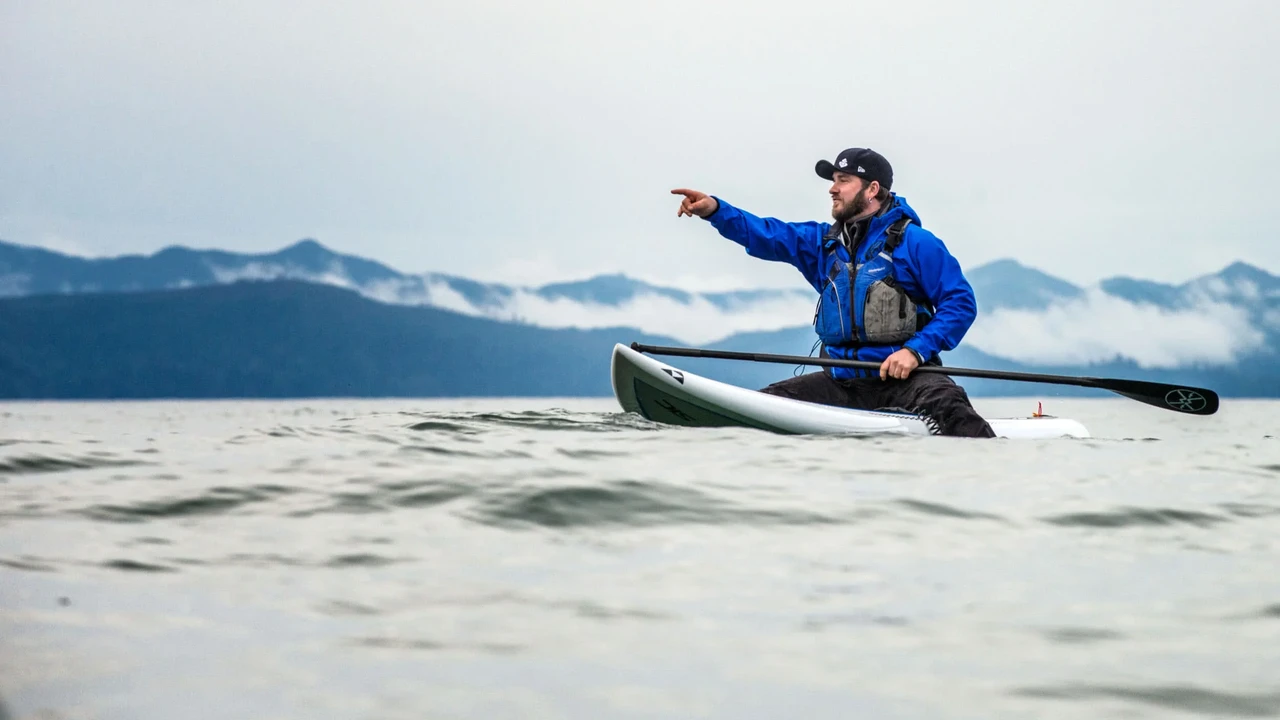Scuba Diving Certification: West Coast Options

Understanding Scuba Diving Certification The West Coast Advantage
So, you're thinking about getting scuba certified? Excellent choice! The West Coast of North America, stretching from California to British Columbia, offers some truly spectacular diving. But before you can explore those kelp forests and encounter playful sea lions, you need to get certified. Let's break down what that means and why the West Coast is a fantastic place to do it.
Scuba diving certification isn't just a piece of paper; it's your ticket to underwater adventure and, more importantly, it's proof that you've learned the essential skills and knowledge to dive safely. Think of it like getting a driver's license, but for the ocean. Different agencies offer certifications, and while they all teach the fundamentals, there can be subtle differences in their approaches and requirements.
The West Coast offers unique advantages for scuba diving certification. The diverse marine life, challenging conditions (like currents and colder water), and abundance of dive shops and instructors make it a prime location for learning. You'll gain experience in a real-world environment, preparing you for diving adventures around the globe.
Choosing Your Scuba Diving Certification Agency PADI SSI NAUI and More
Okay, so you're sold on the West Coast. Now comes the big question: which certification agency should you choose? The three most recognized agencies are PADI (Professional Association of Diving Instructors), SSI (Scuba Schools International), and NAUI (National Association of Underwater Instructors). Let's take a closer look at each:
- PADI: The largest scuba diving training organization in the world. PADI courses are widely recognized and accepted globally. Their Open Water Diver course is the most popular entry-level certification.
- SSI: Another major player in the scuba diving world, SSI offers a similar range of courses to PADI. They emphasize a more personalized approach to training, focusing on individual student needs.
- NAUI: One of the oldest scuba diving certification agencies, NAUI is known for its rigorous training standards and commitment to safety. Their courses often have a stronger emphasis on self-reliance and problem-solving.
So, which one is right for you? Honestly, it often comes down to personal preference and the availability of instructors in your area. All three agencies provide quality training that will prepare you for safe and enjoyable diving. Consider reading reviews of local dive shops and instructors to get a feel for their teaching styles and the overall learning environment.
Open Water Diver Certification The Essential First Step
The Open Water Diver certification is your gateway to the underwater world. This course teaches you the fundamental skills and knowledge needed to dive safely to a maximum depth of 18 meters (60 feet). You'll learn about:
- Scuba equipment: How to assemble, use, and maintain your gear.
- Dive planning: How to plan dives safely, considering factors like depth, time, and air consumption.
- Underwater skills: Buoyancy control, mask clearing, regulator recovery, and emergency procedures.
- Dive theory: Understanding the physics and physiology of diving, as well as the potential risks and how to mitigate them.
The Open Water Diver course typically involves a combination of classroom sessions, pool sessions, and open water dives. Expect to spend several days completing the course, and be prepared to put in the effort to master the skills and knowledge required.
Advanced Open Water Diver Certification Expanding Your Skills and Horizons
Once you've earned your Open Water Diver certification, the next step is often the Advanced Open Water Diver course. This course builds upon the skills you learned in the Open Water course and introduces you to new diving specialties.
The Advanced Open Water Diver course typically involves completing five adventure dives, each focusing on a different aspect of diving. Common adventure dives include:
- Deep dive: Diving to a maximum depth of 30 meters (100 feet).
- Navigation dive: Improving your underwater navigation skills using a compass and natural landmarks.
- Night dive: Experiencing the underwater world at night, using a dive light to illuminate the darkness.
- Wreck dive: Exploring sunken shipwrecks and learning about their history.
- Peak Performance Buoyancy dive: Fine-tuning your buoyancy control for improved comfort and efficiency underwater.
The Advanced Open Water Diver course is a great way to expand your diving skills and gain experience in different diving environments. It also opens up opportunities for more challenging and rewarding dives.
Specialty Diver Courses Mastering Specific Diving Skills
Beyond the Advanced Open Water Diver course, you can further specialize your diving skills by taking specialty diver courses. These courses focus on specific aspects of diving, such as:
- Enriched Air Nitrox: Diving with a higher concentration of oxygen, which can extend your bottom time and reduce your risk of decompression sickness.
- Dry Suit Diving: Diving in cold water using a dry suit to stay warm and comfortable.
- Underwater Photography: Learning how to capture stunning images of the underwater world.
- Underwater Videography: Learning how to shoot and edit underwater video footage.
- Search and Recovery: Learning how to locate and recover lost objects underwater.
Specialty diver courses are a great way to pursue your diving interests and develop expertise in specific areas. They can also enhance your overall diving safety and enjoyment.
Scuba Diving Gear Essentials For West Coast Diving
Having the right gear is crucial for comfortable and safe scuba diving, especially on the West Coast where water temperatures can be chilly. Here's a rundown of essential gear and some recommendations:
- Wetsuit or Dry Suit: A good wetsuit (at least 7mm thick) or a dry suit is essential for staying warm in West Coast waters. Consider a hooded wetsuit or a separate hood for added warmth.
- Recommendation:
- Wetsuit: Henderson Thermoprene Pro 7mm - Known for its flexibility and warmth. Pricing: $300-$400. Use case: Suitable for diving in waters 50-70°F.
- Dry Suit: DUI TLS350 - A durable and reliable dry suit. Pricing: $2500-$3500. Use case: Essential for diving in waters below 50°F.
- Comparison: Wetsuits are more affordable and easier to maintain, but dry suits provide superior warmth and allow for longer dives in colder temperatures.
- Mask, Fins, and Snorkel: Choose a mask that fits comfortably and provides a good seal. Fins should be powerful enough to propel you through the water. A snorkel is useful for surface swimming.
- Recommendation:
- Mask: Scubapro Spectra - Offers a wide field of view and a comfortable fit. Pricing: $80-$100. Use case: Suitable for all types of diving.
- Fins: Mares Avanti Quattro Plus - Powerful and efficient fins. Pricing: $100-$150. Use case: Excellent for strong currents and long-distance swimming.
- Snorkel: Cressi Supernova Dry - Prevents water from entering the snorkel. Pricing: $30-$40. Use case: Comfortable for extended surface swims.
- Comparison: Masks vary in fit and field of view; fins vary in stiffness and propulsion; snorkels vary in design to prevent water entry.
- Regulator: The regulator is the heart of your scuba gear, delivering air from your tank to your lungs. Choose a reliable regulator with a comfortable mouthpiece.
- Recommendation:
- Regulator: Atomic Aquatics B2 - High-performance regulator with exceptional breathing performance. Pricing: $800-$1000. Use case: Suitable for experienced divers seeking top-tier performance.
- Regulator: Scubapro MK25 EVO/S620 Ti - A popular and reliable regulator. Pricing: $600-$800. Use case: Ideal for recreational diving and various conditions.
- Comparison: Regulators vary in breathing performance, durability, and features like cold-water resistance.
- Buoyancy Compensator (BCD): The BCD allows you to control your buoyancy underwater. Choose a BCD that fits comfortably and provides adequate lift.
- Recommendation:
- BCD: Zeagle Ranger - A rugged and versatile BCD. Pricing: $500-$700. Use case: Suitable for both recreational and technical diving.
- BCD: Aqualung Zuma - A lightweight and travel-friendly BCD. Pricing: $400-$500. Use case: Ideal for traveling divers.
- Comparison: BCDs vary in lift capacity, weight, and features like integrated weight pockets.
- Dive Computer: A dive computer tracks your depth, time, and air consumption, helping you stay within safe diving limits.
- Recommendation:
- Dive Computer: Shearwater Perdix AI - A full-featured dive computer with air integration. Pricing: $1000-$1200. Use case: Suitable for advanced divers requiring detailed information.
- Dive Computer: Suunto Zoop Novo - A user-friendly dive computer for recreational divers. Pricing: $300-$400. Use case: Easy to use and provides essential dive data.
- Comparison: Dive computers vary in features like air integration, display clarity, and algorithm complexity.
Top Dive Sites On The West Coast For Certified Divers
Now that you're certified and geared up, where should you go diving? The West Coast offers a wealth of incredible dive sites, each with its own unique attractions. Here are a few of the best:
- Monterey Bay, California: Known for its vibrant kelp forests and abundant marine life, including sea otters, harbor seals, and colorful nudibranchs.
- Channel Islands National Park, California: Offers clear water, dramatic underwater landscapes, and encounters with giant sea bass, seals, and dolphins.
- Puget Sound, Washington: Home to a diverse array of marine life, including wolf eels, giant Pacific octopus, and colorful sea stars.
- Vancouver Island, British Columbia: Boasts stunning underwater scenery, including colorful walls, shipwrecks, and encounters with orcas, seals, and sea lions.
Maintaining Your Scuba Gear For Longevity And Safety
Proper maintenance is essential for ensuring the longevity and safety of your scuba gear. After each dive, rinse your gear thoroughly with fresh water to remove salt, sand, and debris. Inspect your gear regularly for signs of wear and tear, such as cracks, cuts, or leaks. Have your regulator and BCD serviced annually by a qualified technician.
Store your gear in a cool, dry place away from direct sunlight. Avoid storing your gear in a sealed container, as this can trap moisture and promote mold growth. By following these simple maintenance tips, you can keep your scuba gear in top condition for years to come.
Scuba Diving Safety Tips Staying Safe Underwater
Scuba diving is a safe and enjoyable activity when practiced responsibly. Always dive within your limits and follow established safety guidelines. Never dive alone, and always dive with a buddy. Plan your dives carefully, considering factors like depth, time, and air consumption. Monitor your air supply and ascend slowly and safely. Be aware of your surroundings and avoid disturbing marine life. By following these safety tips, you can minimize your risk of accidents and enjoy a safe and rewarding diving experience.
:max_bytes(150000):strip_icc()/277019-baked-pork-chops-with-cream-of-mushroom-soup-DDMFS-beauty-4x3-BG-7505-5762b731cf30447d9cbbbbbf387beafa.jpg)





